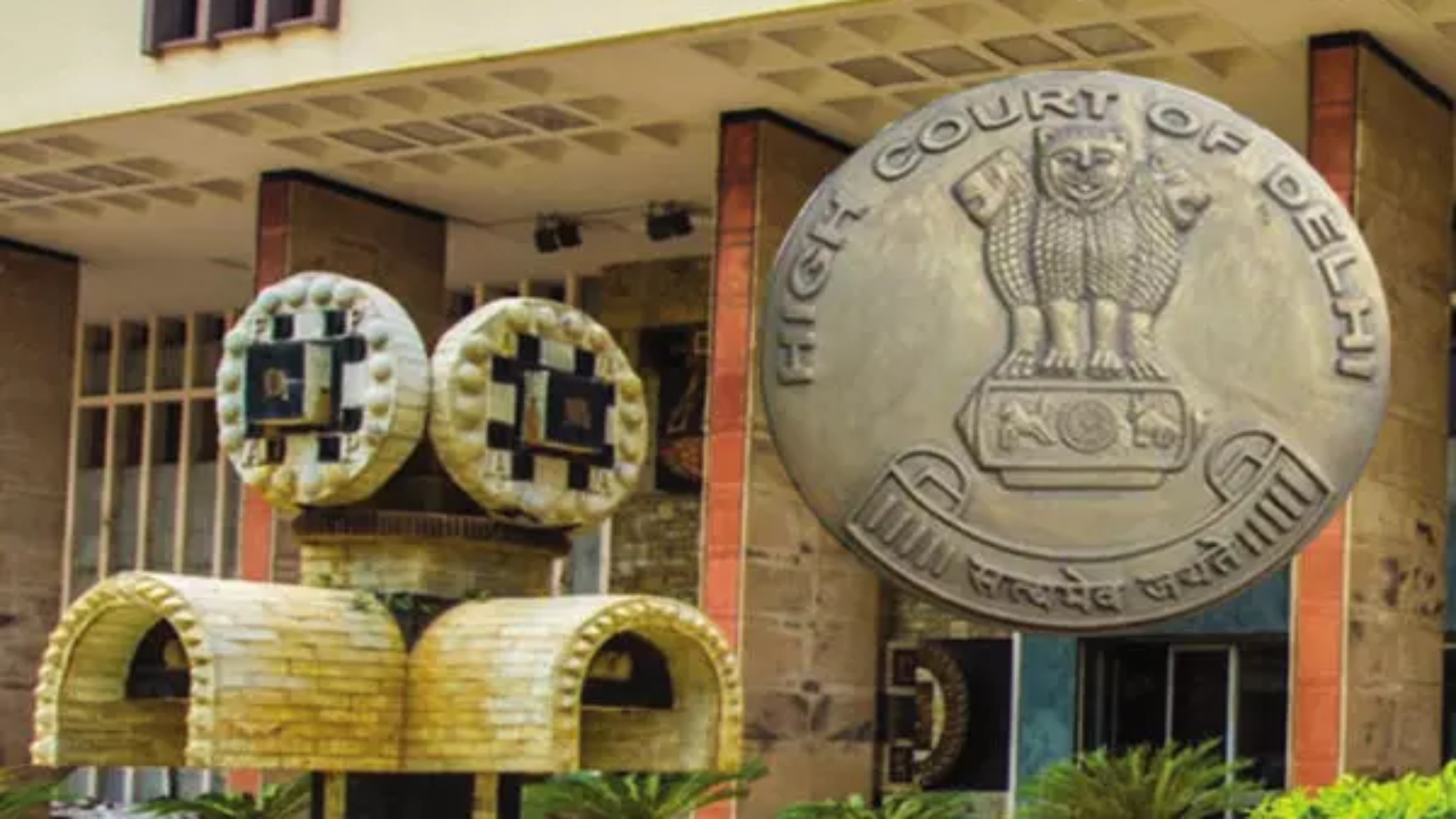On Thursday, a Canadian member of parliament named Chandra Arya in the wake of Candian Parliament’s tribute to Khalistani separatist Hardeep Singh Nijjar , recalled the 1985 Air India bombing. A blast that took lives of 329 innocent people on the reasoning grounds of an ideology that Mr. Arya stated still thrives on the soil of Canada.
Clearly, he didn’t exactly named or highlighted the ideology.
Though, he did clearly referred to the celebration of ormer Indian Prime Minister Indira Gandhi’s assasination as the “dark forces” that have been energised again.
He also mentioned the concerns and attacks Hindu Canadians are facing recently.
My statement in Canadian parliament today calling to distinguish between the Hindu religious sacred symbol Swastika and the Nazi symbol of hatred called Hakenkreuz in German or the hooked cross in English pic.twitter.com/1Os0rFTedm
— Chandra Arya (@AryaCanada) February 28, 2022
What is the case of 1985 Air India Kanishka bombing?
Today, 23rd June 2024 observes the remembrance of the death of Air India flight 182 bombing. An event that till date stands as one of the most deadly terror attacks in the history of aviation.
What Happened?
39 years back, on this very day, Air India Kanishka, a Boeing 747-237B which took off from Montreal’s Mirabel International Airport and destined for London Heathrow Airport before continuing to Delhi and Mumbai, under mid day light was blown out by a bomb blast. The bomb was planted by Canadian Khalistani extremists. Registered as Canada’s largest mass killing, it killed all 329 passengers and crew members.
Amongst 329 passengers and drew, 268 were canadian citizens, 27 British citizens and 22 Indian Nationals. At approximately 7:14 am GMT, the bomb placed in the cargo blew off above the coast of Ireland, near Cork. So, the debris fell into the ocean. Later the black box was recovered from a depth of over 6,700 feet.
Another attack was also planned with the Kanishka one, which was dedicated to another Air India flight from Canada to Bangkok, but it blasted prematurely killing two Japanese baggage handlers.
Investigation Conclusions?
The probe to the blast was jointly operated by Royal Canadian Mounted Police (RCMP) and Canadian Security Intelligence Service (CSIS), with FBI and th Irish Police assisting.
At, first the investigation pointed towards a mechanic failure, but soon the officials suspected a bomb attack.
The investigation further revealed that it’s the Sikh extremists behind the plan and they carried the attack as the retaliation against the Indian Government’s operation Blue Star in June 1984, which targeted the Sikh Militants at the Golden Temple in Amritsar.
The Key perpetuators of the attack:
- Talwinder Singh Parmar: Leader of the Babbar Khalsa, a Sikh militant group. Parmar was known as the main leader of the plan. He fled to India in 1988 and was killed in an encounter with Indian police in 1992.
- Inderjit singh Reuat: Reyat was arrested and convicted of manslaughter. He was punished a lengthy prison and in 2003, pleaded guilty to aiding in the construction of the bomb that destroyed Flight 182.
The long Trial of the Air India Kanishka bombing
The trial of the attack went for 20 years, making it the most expensive trail in the history of Canada, with costs approaching C$130 million.
In 2003, planners of the attack Babbar Khalsa, Ripudaman Singh Malik and Ajaib Singh Bagri were charged with murder and conspiracy. Their trial lasted till 2005 then due to lack of evidence and poor witness credibility they were released. The acquittals led to public outrage and demands for a more thorough inquiry.
In 2006, former Canadian Supreme Court Justice John Major led a public inquiry that lasted till 2010, and found the following failures in the Kanishka bombing case:
1. Intelligence failures: The CSIS and RCMP failed with the handling of critical intelligence and did not act upon time even after having multiple warnings about the a potential terror attack.
2. Security lapses: The bombers able to plant a bomb in the plane cargo shows the
poor security protocols.
3. Poor treatment of victims family: The report showed the governments poor treatment to the victims family.
At last the report suggested 64 improvements to national security, intelligence sharing and victim support.
After the report the then Canadian Prime Minister Stephen Harper issued a formal apology to victims’ families.



















